The five areas of education are key to learning in the Montessori environment, these are: practical life, sensory, language, mathematics and culture.
What is the difference between the 5 areas of Montessori education and the academic subjects?
In Montessori schools, children learn to write, read and count in a different way than in traditional schools, allowing each child to discover this knowledge as their cognitive abilities develop and without pressure.
For this reason, within the Montessori method there are no subjects or schedules. That is to say, there is not one hour for mathematics and another for English, but the materials are always there for when the child wants to use them, regardless of the time. However, when you enter a Montessori classroom you can clearly distinguish that the spaces are divided by areas.
These environments address the five key areas of learning in the Montessori environment, which are: practical life, sensory, language, mathematics and culture.
Video: Child development: the 5 areas of Montessori Education
Child development: the 5 areas of Montessori Education
At Colegio Millaray we say that Montessori education is for life because it focuses on 5 areas of child development: PRACTICAL LIFE; SENSORY; LANGUAGE AND COMMUNICATION; MATHS; ART AND CULTURE.
Posted by Millaray Montessori College on Wednesday, July 10, 2019
practical life
Take advantage of the natural tendency of children to imitate the behavior of adults as a learning method. Use activities and objects that are found daily in their environment, adapted to their age and stage of development.
Despite how simple it seems at first glance, it is one of the most important areas in the classroom, since from it they will build their ability to concentrate, self-control, self-knowledge. And the base of everything, develop their independence, help them feel that they can take charge of their lives, from an early age, and gain self-confidence about their abilities.
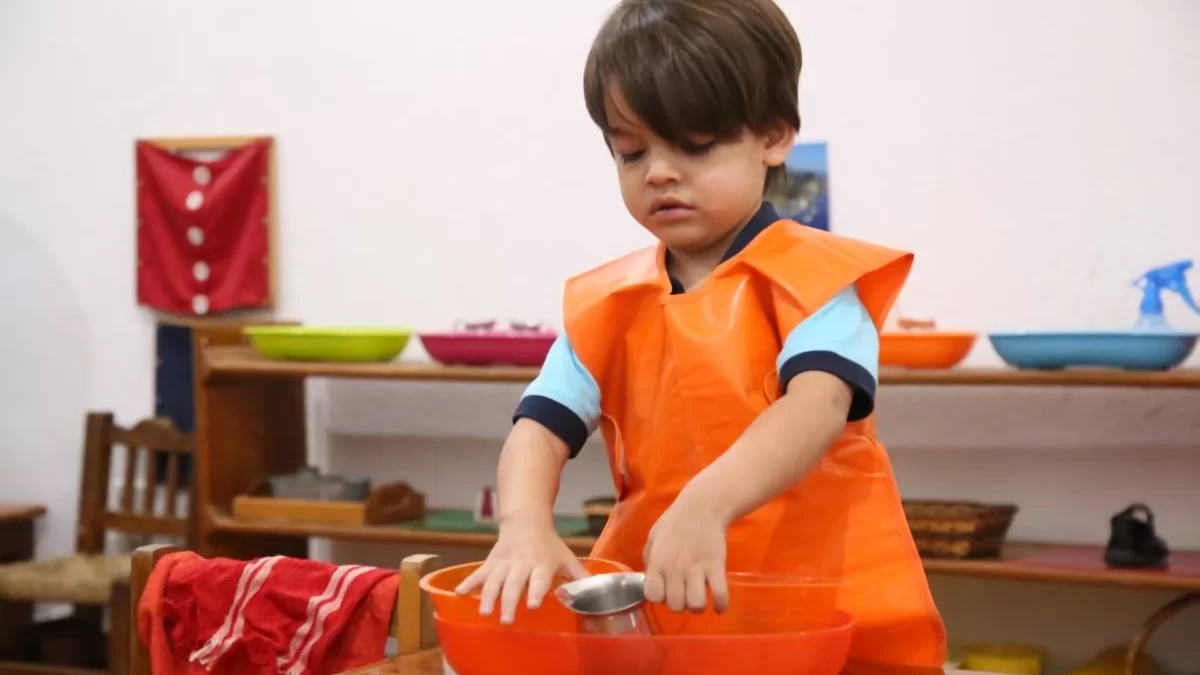
Within practical life you can observe different activities focused on the following categories:
- self care (food preparation, personal hygiene, tying shoes, etc.)
- Environmental care (cleaning, gardening, pet care, environmentalism),
- grace and courtesy (greetings, manners, social interactions),
- Control of movement and acquisition of concentration (refining movements, walking the line, transferring liquids, moving in silence).
sensory
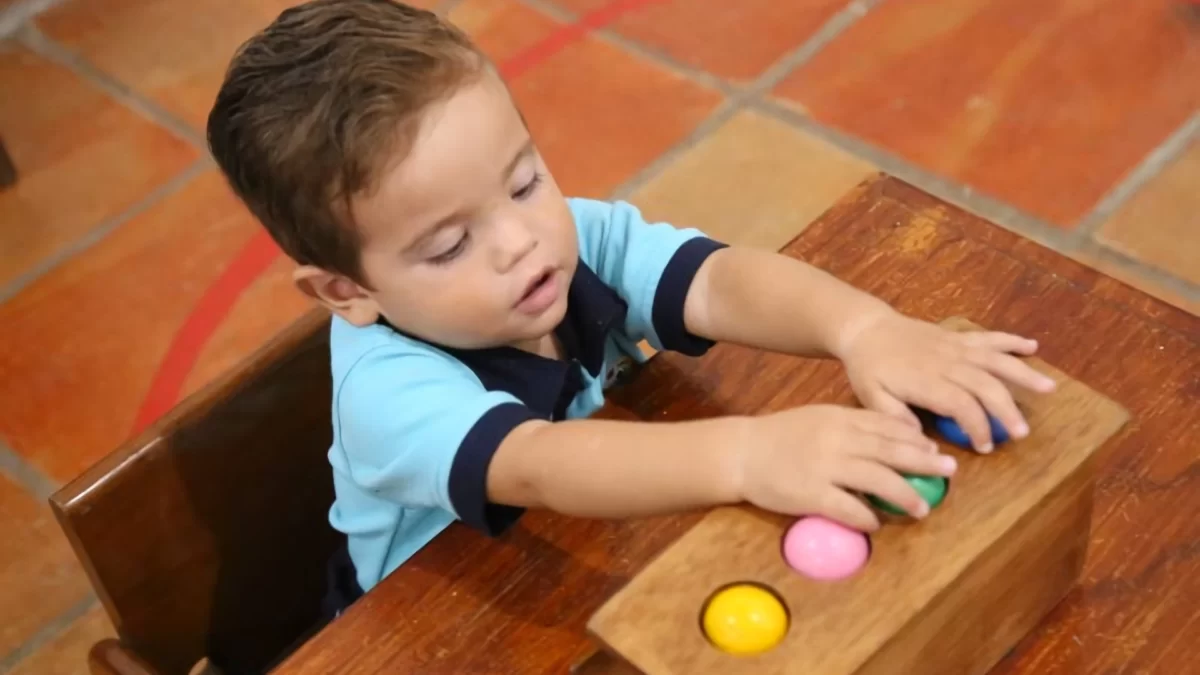
Focused on the development and improvement of the senses, a training used to explore the world and learn about what surrounds them. Refine fine motor skills, develop coordination, perception, discrimination, the ability to order and classify.
The 5 main senses are stimulated: sight, touch, hearing, taste and smell. In addition, they exercise a sense introduced by Dr. Montessori called "Stereognostic" (kinesthetic). This "sixth sense" seeks to use the sense of touch by omitting that of sight, in order to stimulate different sensory perceptions.
Art Of Lenguage
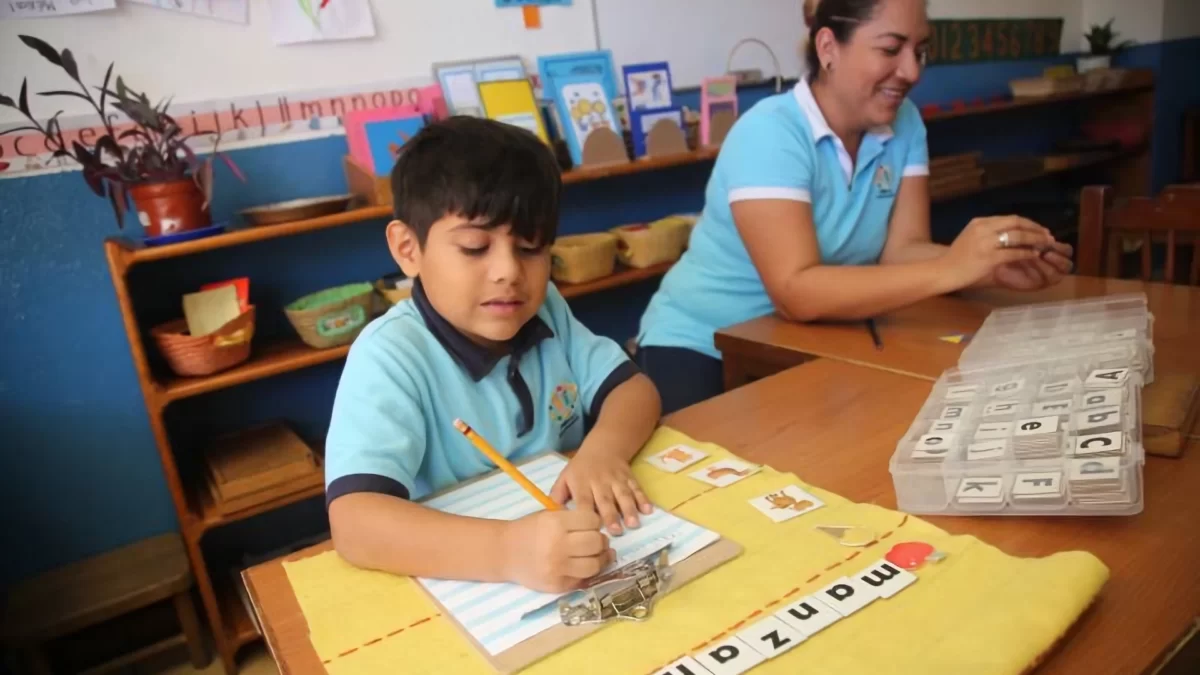
The Language area of the Montessori classroom encourages the development of early literacy skills based on phonemic awareness.
In the language area speech is the basis for writing and then reading. Therefore, the activities initially give them skills in hearing common sounds, learning the shapes and sounds of letters, the relationship between words, images and objects. And later the practice of fine motor skills in writing, development of reading with lists of words, practice of the parts of grammar (nouns, verbs, adjectives, etc.), the creation of sentences, reading in silence, etc. .
Math
A space of materialized abstraction, In other words, the Montessori materials in the area of mathematics are designed to introduce concrete learning in a sensory way. Little ones can easily internalize exactly how much a symbolic number means (ie, the number 10 means counting the correct number of objects to make the number 10).
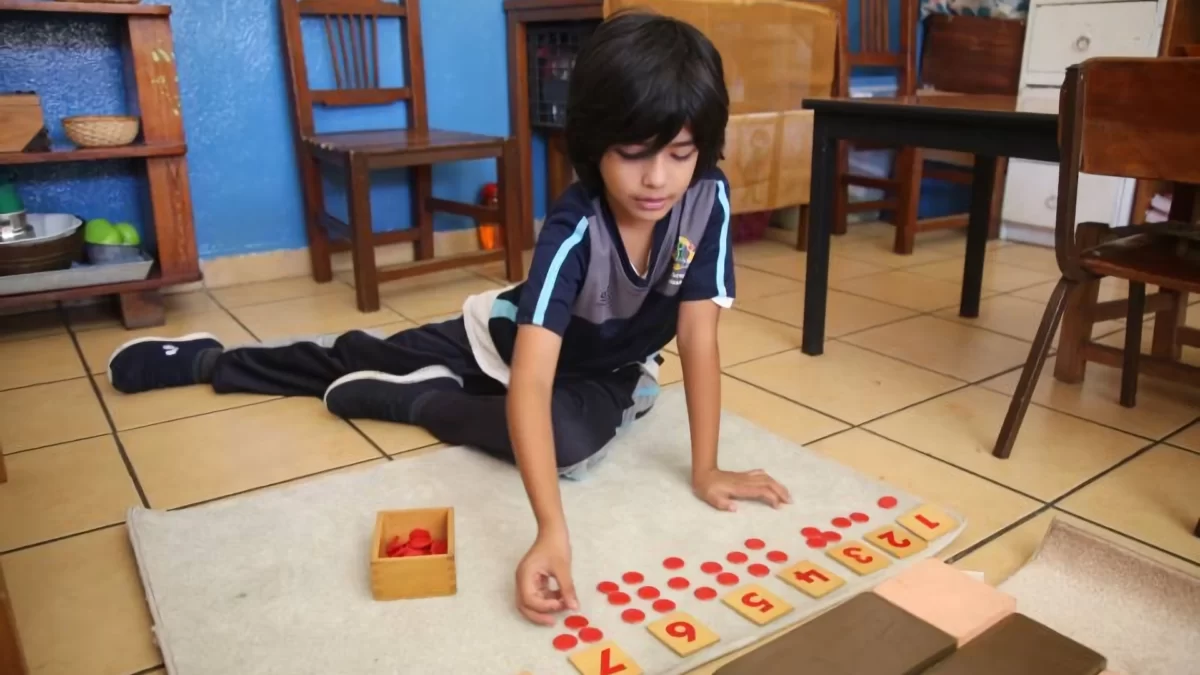
Each exercise builds on another and the child gradually moves from concrete to abstract topics. Math activities are divided into six categories:
- Geometry
- Introduction to numbers (count, ratio, equivalent, even, odd)
- decimal system (Addition, subtraction, multiplication and division)
- memory work
- concrete abstraction
- arithmetic tables
Culture
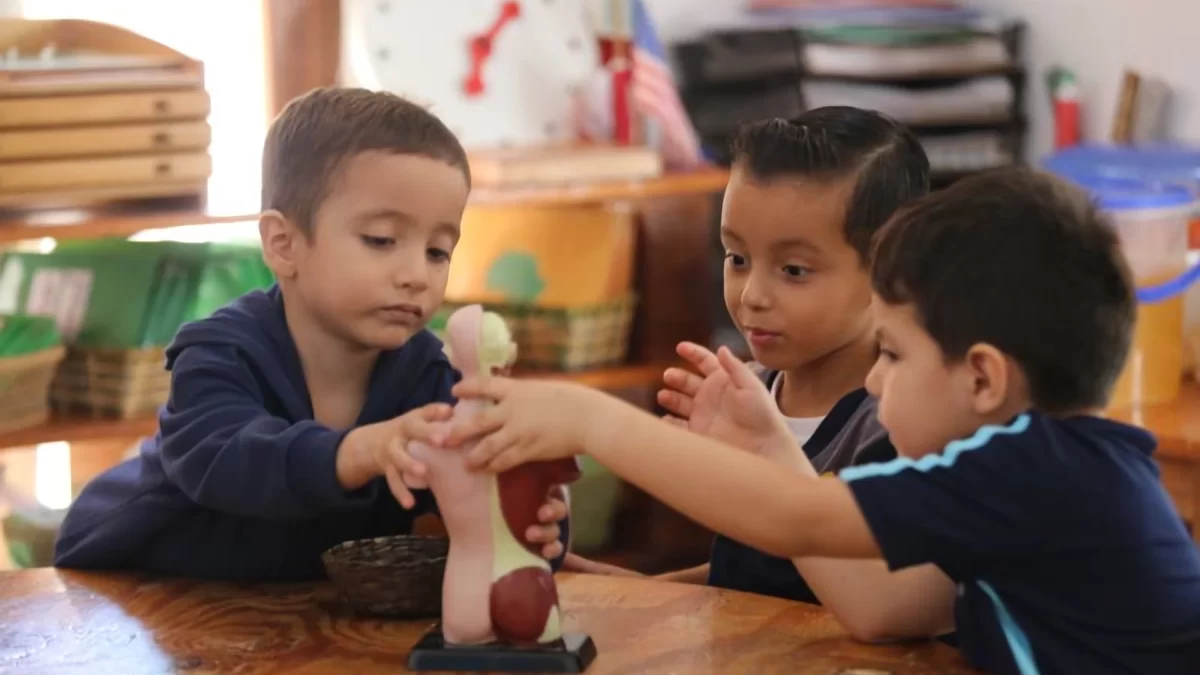
Some authors can be considered only as an extension of the four basic areas that we mentioned above. Its goal is to sharpen children's powers of observation and extend the world around them, expanding the range of topics seen in the classroom, including:
- Geography: Continents, geographical features, terrestrial layers, solar system...
- Zoology: Classification, physiology of animals…
- Botany: Ecology, classification, physiology of plants...
- History: Time lines, using a calendar, events…
- Science: All those not mentioned above such as astronomy, anatomy, ethnology, physics, chemistry, simple machines, geology, etc.
- Art and music: Although creative development is immersed in the rest of the areas, it is also provided with its own space for the appreciation and expression of art forms.
As we can appreciate the educational method, Montessori provides an interdisciplinary and comprehensive learning without forcing the overload of subjects, thus seeking to obtain an intrinsic devotion to life and never lose the passion for learning.
